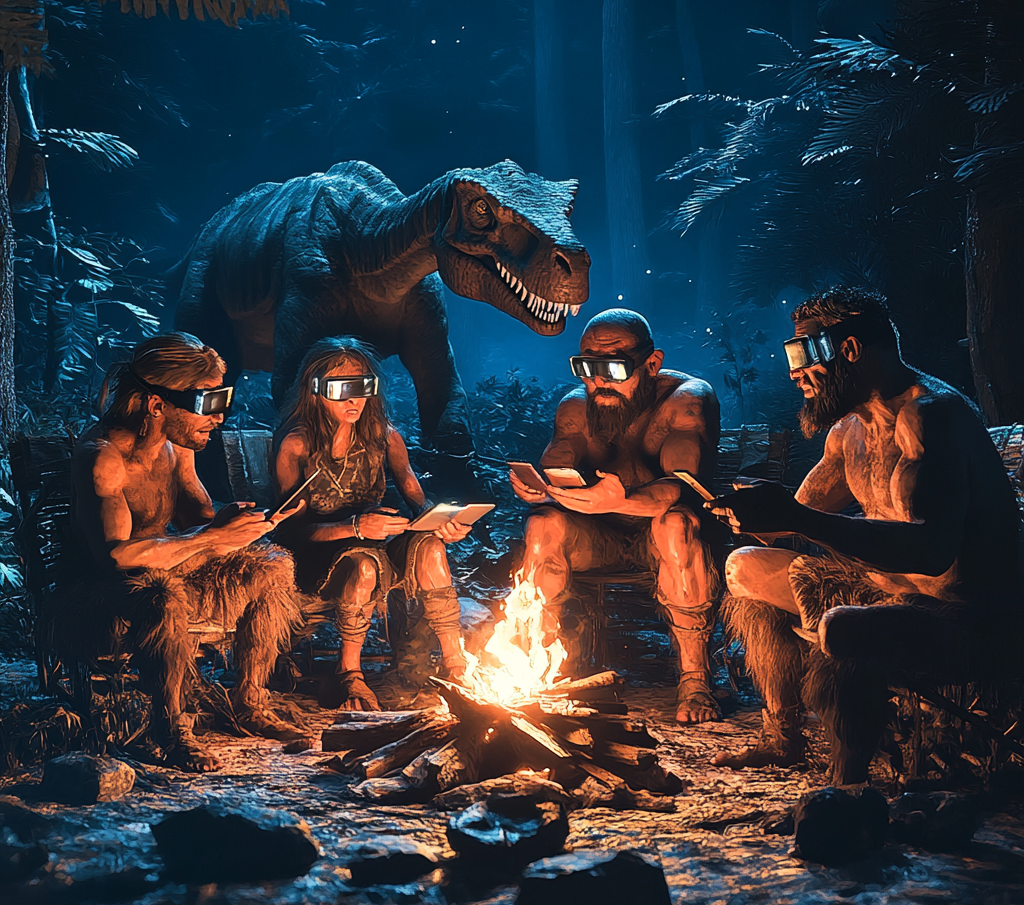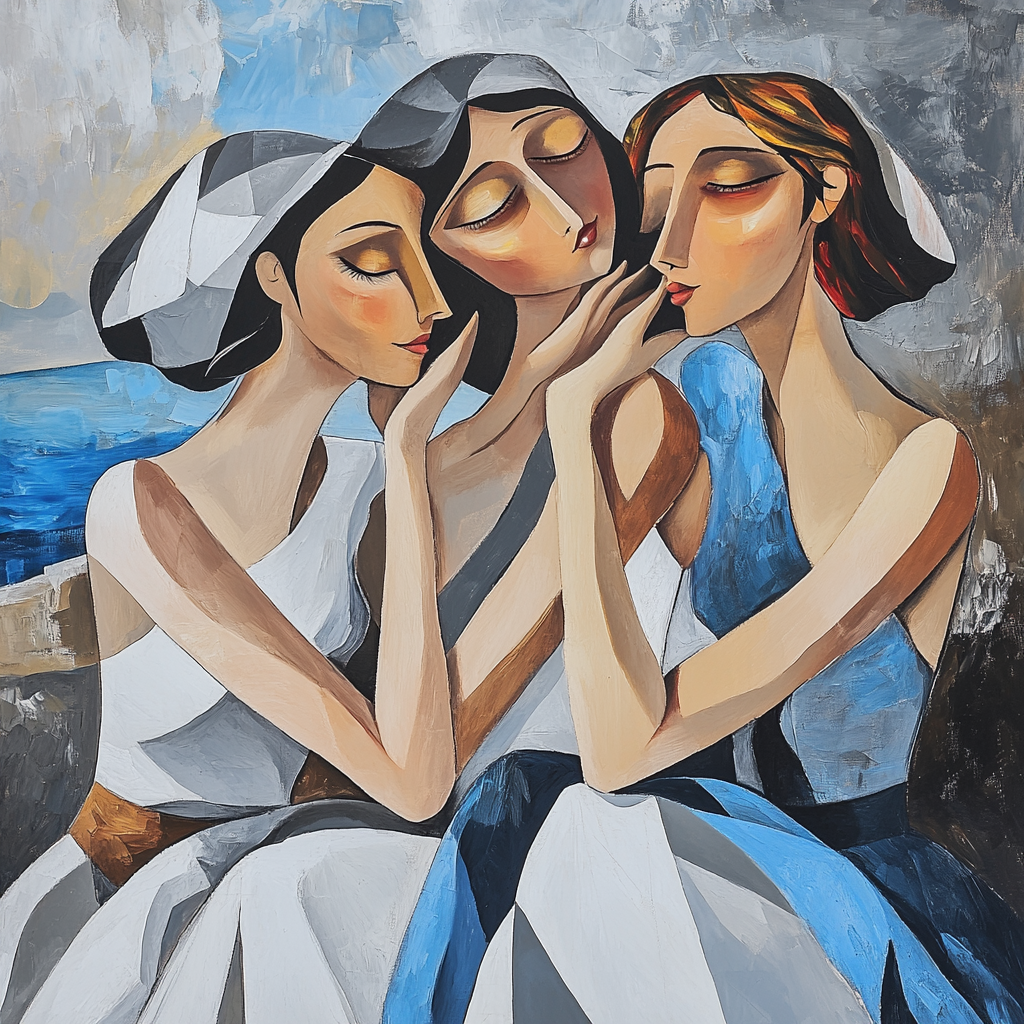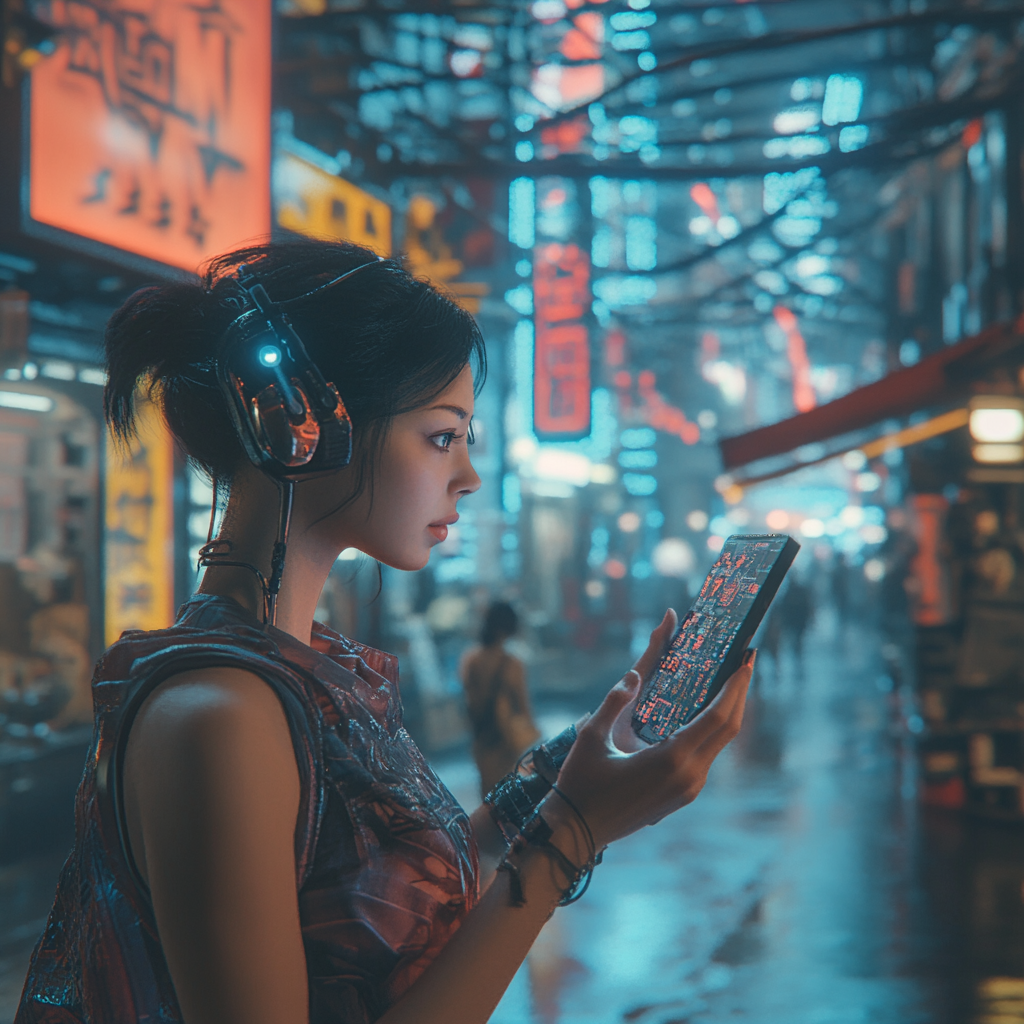The Fire That Started It All
This article reflects an earlier conceptual phase of FanRows. The project has since shifted toward somatic auditory interaction and perceptual research.
Picture this: 50,000 years ago, a small group of humans huddled around a crackling fire, sharing stories of the day’s hunt. Fast-forward to today, and we’re swiping through TikTok dances while sipping lattes in a café. The tools have changed, but the urge remains the same -we’re wired to connect.
The digital age hasn’t just changed how we connect - it’s rewriting the very definition of belonging. We’ve traded cave paintings for Instagram reels, smoke signals for Slack threads, and village squares for virtual reality. But as our world expands, so does a burning question: Are we building bridges or widening gaps?

Breaking the Chains of Geography
For millennia, connection was a prisoner of proximity. If you wanted to share an idea, you had to shout it across a river or carve it into stone. Then came the telegraph, the telephone, and finally, the internet - the “digital Big Bang” that shattered distance forever. Suddenly, a farmer in Bavaria could video-call a CEO in Tokyo. A meme born in Jakarta could go viral in Montreal by lunchtime. But here’s the twist: We’re still clinging to old metaphors. We “scroll through feeds” like flipping newspaper pages and “join Zoom rooms” like entering physical offices. The future, however, is stranger - and far more thrilling.
Connection 2.0: You’re Not Just Talking - You’re There
Imagine slipping on a headset and dancing at a Perfume concert with 10,000 fans while wearing pajamas in Ohio. Walking through Pablo Picasso’s studio as he paints Les Demoiselles d'Avignon, his bold brushstrokes flickering to life in 3D. Collaborating with engineers in Berlin on a holographic car design… using hand gestures in thin air This isn’t sci-fi. It’s happening now through VR and AR: technologies turning passive scrolling into shared adventures. It’s not about replacing reality, it’s about creating new layers of intimacy we’ve never dreamed possible.

When Technology Responds to Human Signals
Here’s where things get wild: AI isn’t just answering your emails anymore - it’s learning to read your moods. Startups like Hume AI are training algorithms to detect micro-shifts in your voice tone. Apps like Replika craft personalized songs when you’re feeling down. Even chatbots now pause when you cry, offering not solutions but silence filled with pixelated empathy. But is this connection… or manipulation? Critics warn of “emotionally parasitic” tech, while advocates see hope for lonely seniors and isolated teens. As researcher Jamal Carter puts it: “If a machine can make you feel seen, does it matter if it has a heartbeat?”
The Dark Side of Digital Utopia
Let’s get real: For every heartwarming story of online communities saving lives, there’s a counter-narrative. Teens comparing themselves to filtered influencers. Politicians weaponizing algorithms to spread division. Dating apps turning romance into a gamified grind. The irony? We’re more “connected” than ever, yet 1 in 3 Gen Zeros reports chronic loneliness. The solution isn’t less tech but better design. Think platforms that reward vulnerability over vanity. Algorithms that nudge you toward growth, not outrage. VR spaces where avatars blush when lying.
Your Future, Connected
So where do we go from here? Imagine: Brain-to-brain networks letting artists co-create symphonies across time zones. Digital twins of ecosystems, allowing scientists and villagers to heal forests together. Haptic suits that let long-distance lovers feel each other’s heartbeat through fabric The next era of connection won’t be about faster speeds or sharper screens. It’ll ask us: How human do we dare to be?
Will we use these tools to deepen understanding - or to build higher walls? As you scroll through this article, remember: That ancient campfire still burns. The question is, what will we choose to throw into its flames?
What’s Your Vision? The future of connection isn’t just in the hands of tech giants - it’s yours. Will you design VR spaces that celebrate cultural rituals? Create AI that translates emotions into poetry? Build platforms that turn strangers into allies? The digital age isn’t ending our humanity, it’s challenging us to redefine it.
